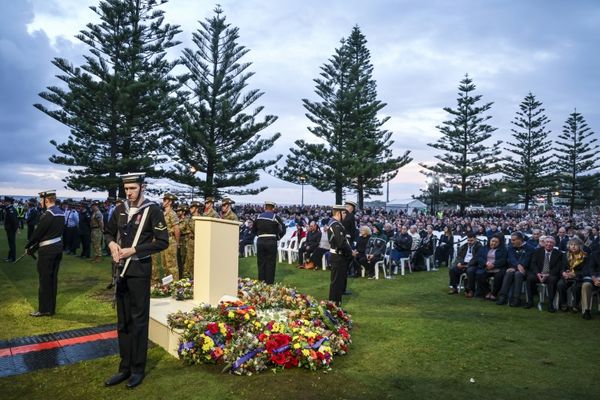
Having dominated the 2023 season so far by winning every race, Red Bull found itself unable to get one of its cars in to Q3 for the first time since the 2018 Russian Grand Prix. While its pace was better in the race, it failed to finish on the podium.
That surprise change of form came on the same weekend that two separate rules clarifications from the FIA came into force regarding flexible body parts.
The first, known at TD18, tightened up rules regarding flexible wings – and especially tricks of teams to hide moveable mechanisms and clever designs that rotated around the nose.
The second, which had been more under the radar, was an updated version of TD39 that had originally come into play at the 2022 Canadian Grand Prix to help stamp out porpoising.
The updated wording of this directive outlawed tricks that teams may have been doing in exploiting allowances regarding flexibility of the floor around the skid block holes. There were suspicions of some outfits using this to suck their plank and floor much closer to the ground at high speed without it risking being found to have worn away too much.
But despite the timing of Red Bull’s struggles coming exactly when these new TDs came into play, the team thinks it is red herring to suggest that is why it struggled.
In fact, Red Bull team boss Christian Horner was adamant that the squad had had to make “zero” changes to its car as a result of the new FIA stance.
Asked to explain the details about what went wrong, Horner said: “It's all engineering stuff. There's no silver bullets in this business.
“I know all of you would love to blame the TD, but unfortunately we can't even blame that, because it's not changed a single component on our car.”
Pushed to clarify whether the team had had to change the way it operates any of its components, Horner replied: “No. Zero.”

Rather than Red Bull's difficulties being linked to the TDs, Horner instead suggests the trigger for its struggles in qualifying were related to set-up, with the team having got it badly wrong from the off in Friday practice.
“We knew coming here it would be expected to have closer competition,” he said. “But I think it took us a bit by surprise, just how far out we were on Friday.
“I think that we were just not in the right operating window for the car, particularly over a single lap. And when you're not there, then the tyres feel horrible. Everything just doesn't work.”
Horner suggested that the problem could be traced back to the team having put itself in the wrong window with its pre-weekend simulation runs – with things particularly complicated this year by track resurfacing that changed the nature of the circuit's bumps and grip levels.
There was also further complications thrown into Red Bull's race preparation when it introduced a new floor update, that in the end it elected to remove for qualifying because it was not sure if that was a cause of its troubles.
“I think that maybe our simulation before the weekend didn't lead us to the right conclusion,” Horner said. “Then you have to sort of unravel your way out of that.
“I think we just ended up in the wrong window and it exposed some of our weaknesses that the car has. But it has actually been a very useful lesson for next year, because it gives us some very useful insight and certain things that hopefully we can address in our RB20.”
One of the core strengths of the RB19 has been its ability to maintain a predictable aero platform at various speeds – so it is more consistent through different types of corners.
The squad’s effective ride control also allows the car to run close to the ground at high speed (where the most downforce is produced) without bouncing. With a relatively high stationary ride-height, this suggests the car runs with a soft suspension which can bring multiple benefits.
It does suffer more on bumpy tracks though, and there was intrigue at the Belgian Grand Prix earlier this year when it emerged that its drivers were backing off through Eau Rouge in the race to avoid the car bottoming out too much.
Reflecting on the weekend, Red Bull’s chief engineer Paul Monaghan said that Singapore had exposed in public some weakness with the car that were already well known within the squad.
“We've got some inherent problems in it that we can't necessarily fix in a race weekend,” he said. “We've made some mistakes and it all culminated in us going out in Q2."
He added: “It's nothing fundamental but some errors were made on the way, and [there were] some problems we can correct into next year. On we go.”







